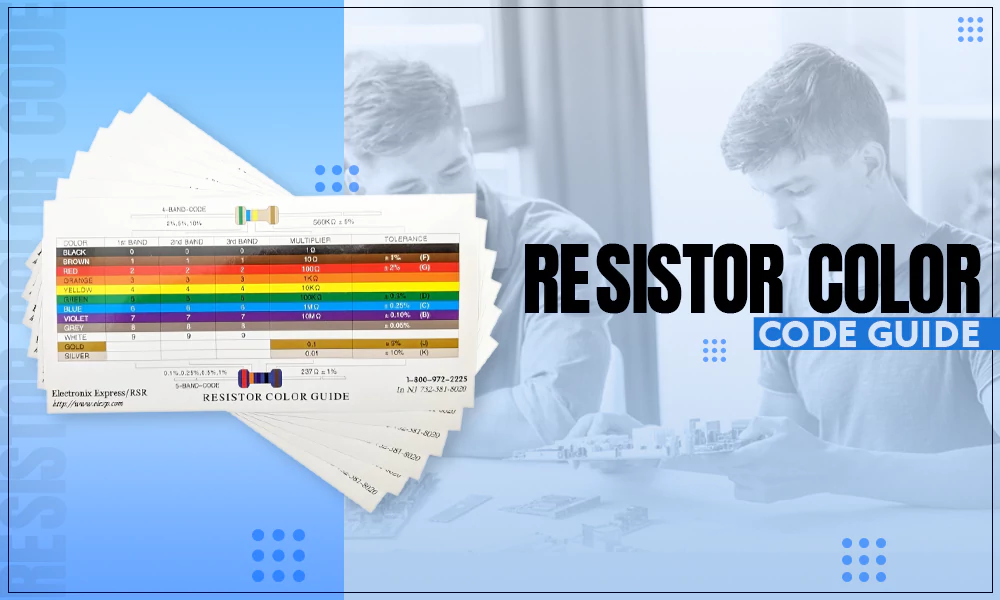Email Marketing for Small Businesses: Best Practices and Tips for Success

Email marketing is a strong tool to help small businesses reach their target audience, build customer relationships, and drive sales. In fact, email marketing has a median return of investment of 4400%, making it one of the most successful marketing platforms now in use. However, with so many businesses using email marketing, ensuring your emails stand out is vital. In this article, we’ll explore the best practices and tips for successful email marketing campaigns for small businesses.
Benefits of Email Marketing For Small Businesses
Email marketing is a cost-effective way for small businesses to reach their target audience. Email marketing, as opposed to conventional advertising techniques like print or TV commercials, enables companies to reach a big audience at a low cost. Furthermore, email marketing may be very targeted, enabling companies to modify their messaging to particular audience segments. Finally, email marketing may aid in increasing brand awareness, fostering customer loyalty, and increasing sales.
According to a study by the Direct Marketing Association, email marketing boasts a median ROI of roughly $44 for every $1 spent. This is because email marketing allows businesses to track customer behavior and target their messages to specific audience segments. Businesses can use data to personalize and tailor their messages to increase engagement, drive sales, and build long-term relationships with their customers.
Best Practices for Email Marketing
Constructing successful email marketing strategies requires more than just sending out messages to your subscribers. To get the most out of your email marketing efforts, following best practices proven to engage subscribers and drive results is essential.
Segment Your Email List
Segmenting your email list is dividing your subscribers into smaller groups based on their preferences, behaviors, or demographics. By segmenting your email list, you can tailor your messages to specific groups of customers, which can help increase engagement and drive sales. For example, you can segment your email list by location, age, purchase history, or interests. This enables the sending of customized messages that are more likely to resonate with your audience. If you’re having trouble finding email addresses for your target audience, consider using email search tools.
Personalize Emails
This refers to using data to tailor your messages to individual subscribers. This can include using their name, location, or purchase history to make the message more relevant and engaging. According to a study by Experian, custom emails have 29% higher open rates and 41% higher CTR than non-personalized emails. Personalization can help build a relationship with your audience and increase their chances of taking the desired action.
Use A Clear Call-To-Action (CTA)
A call-to-action (CTA) is a clear and concise statement that tells the subscriber what action you need them to take. This can include clicking a link, purchasing, or signing up for a newsletter. Including a clear CTA in your emails can help guide your subscribers toward the action you prefer them to take. It’s essential to make your CTA stand out by using contrasting colors, bold fonts, or buttons.
Design Mobile-Friendly Emails
With most emails being opened on mobile devices, designing your emails with mobile users in mind is important. This includes using a responsive UI that adjusts to the size of the screen, using large fonts and buttons that are straightforward to tap on, and keeping the message short and to the point. By designing mobile-friendly emails, you can increase the chances of your subscribers taking the desired action, whether making a purchase or clicking a link.
Test and Analyze Your Emails
Testing and analyzing your emails is an integral part of email marketing. By testing different elements of your emails, such as subject lines, images, and CTAs, you can determine what works great for your audience. You can also analyze the results of your campaigns to identify areas for improvement and optimize your future campaigns. Some metrics to track include open, click-through, or conversion rates.
These best practices can create compelling emails that engage your subscribers and drive sales. However, there are also common mistakes to avoid, which we’ll discuss in the next section.
Tips for Successful Email Marketing Campaigns
Creating successful campaigns requires careful planning and execution. To help you get the most out of your campaigns, we’ve compiled a list of tips and best practices that can help increase engagement, build relationships with subscribers, and drive results.
Set Clear Goals
Before creating your campaign, it’s important to define clear goals. This can include increasing sales, generating leads, or promoting a new product or service. Setting clear goals will assist you in creating a focused and effective campaign.
Create A Schedule
Creating a schedule for your campaign can help you stay organized and ensure your messages are sent out at the right time. This can include deciding on the frequency of your emails and choosing the best day and time to send them.
Use Engaging Content
The content of your emails should be engaging and valuable to your subscribers. This can include tips and advice, exclusive promotions, or interesting news and updates. You can build trust and credibility with your audience by providing valuable content.
Optimize for Mobile Devices
As mentioned earlier, most emails are now opened on mobile devices. This means that it’s crucial to design your emails with mobile users in mind. This includes using a responsive design that adjusts to the size of the screen and using large fonts and buttons that are easy to tap on.
Create a Strong Subject Line
Your email’s subject line will be the first thing your subscribers see, so it must be engaging. A strong subject line should be clear, concise, and obviously relevant to the content of the email.
Use Automation
Automation can help save time and ensure that your emails are sent out at the right time. This can include setting up welcome emails for new subscribers, sending out abandoned cart reminders, or following up with customers who haven’t purchased.
Consider consulting with a marketing expert to optimize your email campaigns.
Common Mistakes to Avoid
Sending Too Many Emails
Sending too many emails can lead to subscriber fatigue and cause them to unsubscribe from your list. Finding the right balance between staying in touch with your audience and not overwhelming them with too many messages is crucial.
Failing to Provide Value
Your subscribers are looking for valuable content and information, and they may lose interest and stop opening your emails if you fail to provide value. Make sure that your emails are relevant, informative, and engaging.
Ignoring Email Regulations
There are regulations and laws around email marketing, such as the CAN-SPAM Act. Ignoring these regulations can lead to penalties and damage your reputation. Ensure you are familiar with and follow the regulations in your campaigns.
Not Testing Your Emails
Not testing your emails can lead to mistakes and errors. Testing your emails to ensure they look and function correctly on different devices and email clients is essential.
Using a Generic Approach
Using a generic approach to email marketing can make your messages appear impersonal and unengaging. Tailoring your messages to your subscribers’ interests and preferences is essential.
Conclusion
Email marketing is a valuable tool for small businesses to reach their target audience, build customer relationships, and drive sales. By following best practices and avoiding common mistakes, businesses can create strategies for email marketing that engage subscribers and drive results.
By segmenting their email list, personalizing their emails, using clear CTAs, designing mobile-friendly emails, and testing and analyzing their campaigns, businesses can create successful email marketing campaigns. While email marketing can be a powerful tool, it’s essential to avoid common mistakes such as sending too many emails, failing to provide value, ignoring email regulations, not testing emails, and using a generic approach.
By implementing these tips and best practices, small businesses can create successful email marketing campaigns that help them reach their goals and build lasting relationships with their subscribers.










